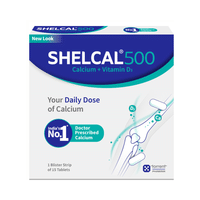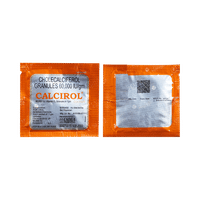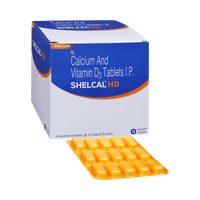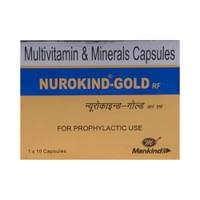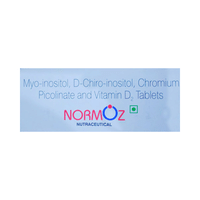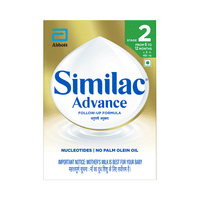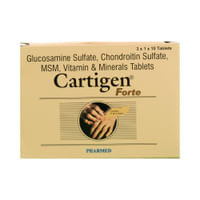AKT-FD Tablet

food interaction for AKT-FD
alcohol interaction for AKT-FD
pregnancy interaction for AKT-FD
lactation interaction for AKT-FD
food
alcohol
pregnancy
lactation
AKT-FD Tablet is to be taken empty stomach.
Avoid AKT-FD Tablet with tyramine-rich food such as cheese, smoked fish, meats and some types of beer.
Avoid AKT-FD Tablet with tyramine-rich food such as cheese, smoked fish, meats and some types of beer.
CAUTION
Consuming alcohol while taking AKT-FD Tablet may cause symptoms such as flushing, increased heart beat, nausea, thirst, chest pain and low blood pressure (Disulfiram reaction).
UNSAFE
AKT-FD Tablet may be unsafe to use during pregnancy. Although there are limited studies in humans, animal studies have shown harmful effects on the developing baby. Your doctor will weigh the benefits and any potential risks before prescribing it to you. Please consult your doctor.
CONSULT YOUR DOCTOR
AKT-FD Tablet is probably safe to use during breastfeeding. Limited human data suggests that the drug does not represent any significant risk to the baby.
SAFE IF PRESCRIBED
SALT INFORMATION FOR AKT-FD
Isoniazid(100mg)
Uses
Isoniazid is used in the treatment of tuberculosis. It is also used to treat inactive (latent) TB .
How it works
Isoniazid is an antibiotic. It works by killing the bacteria that causes tuberculosis.
Common side effects
Peripheral neuropathy (tingling and numbness of feet and hand), Hepatitis (viral infection of liver), Hemolytic anemia, Aplastic anemia, Agranulocytosis (deficiency of granulocytes in the blood), Skin rash, Lethargy, Psychosis, Joint pain, Anemia (low number of red blood cells), Optic neuritis, Deafness, Ringing in ear, Vertigo, Fever, Hypoglycemia (low blood glucose level), Breast enlargement in male, Toxic epidermal necrolysis, Increased white blood cell count (eosinophils), Increased liver enzymes, Pellagra, Drug-induced lupus syndrome, Constipation, Nausea, Pancreatic inflammation
Rifampicin(150mg)
Uses
Rifampicin is used in the treatment of tuberculosis and leprosy.
How it works
Rifampicin is an antibiotic. It works by inactivating a bacterial enzyme (RNA-polymerase) which is required by bacteria to make essential proteins and to reproduce.
Common side effects
Low blood platelets, Dizziness, Vomiting, Nausea, Fever, Abdominal pain, Skin rash, Hemolytic anemia, Acute renal failure, Hepatitis (viral infection of liver), Pseudomembranous colitis, Pseudoadrenal crisis, Toxic epidermal necrolysis, Stevens-Johnson syndrome, Drug allergy, Headache, Chills, Paradoxical reactions, Increased aspartate aminotransferase, Increased alanine aminotransferase, Increased bilirubin in the blood, Decreased white blood cell count (lymphocytes), Diarrhea, Cutaneous reactions, Renal insufficiency, Anaphylactic reaction, Psychotic disorder, Muscle damage, Agranulocytosis (deficiency of granulocytes in the blood), Disseminated intravascular coagulation, Blood in urine
Ethambutol(267mg)
Uses
Ethambutol is used in the treatment of tuberculosis.
How it works
Ethambutol is an antibiotic. It works by slowing the growth of bacteria that causes tuberculosis.
Common side effects
Vomiting, Nausea, Rash, Increased uric acid level in blood, Optic neuritis, Hepatitis (viral infection of liver), Low blood platelets, Decreased white blood cell count (lymphocytes), Decreased white blood cell count (neutrophils), Hypersensitivity, Gout precipitation, Peripheral neuropathy (tingling and numbness of feet and hand), Pneumonitis
Pyrazinamide(500mg)
Uses
Pyrazinamide is used in the treatment of tuberculosis.
How it works
Pyrazinamide is an antitubercular medicine. In the body, it gets converted to pyrazinoic acid. This pyrazinoic acid inhibits fatty acid synthase I (bacterial enzyme), which is essential for bacterial growth. Thus, it works as a bacteriocidal to prohibit their growth and treats tuberculosis.
Common side effects
Hepatitis (viral infection of liver), Joint pain, Skin rash, Nausea, Vomiting, Abdominal pain, Sideroblastic anemia, Fever, General discomfort, Liver tenderness, Hepatomegaly (enlarged liver), Enlarged spleen, Decreased appetite, Flushing (sense of warmth in the face, ears, neck and trunk), Discomfort when urinating
SUBSTITUTES FOR AKT-FD
No substitutes foundExpert advice FOR AKT-FD
- Your doctor has prescribed Isoniazid to cure your infection and improve symptoms.
- It is best taken on an empty stomach.
- You must also take a vitamin B6 supplement while on Isoniazid.
- Tell your doctor immediately if you experience vision changes, loss of appetite, tiredness, stomach pain, nausea or vomiting, yellow skin or eyes or dark-colored urine.
Frequently asked questions FOR AKT-FD
Isoniazid
Q. Is Isoniazid an antibiotic?
Isoniazid is an antibiotic used in the prevention and treatment of tuberculosis or TB (a serious infection caused by bacteria that affects the lungs and in certain cases other parts of the body)
Q. Is Isoniazid chemotherapy/chemotherapy drug?
Isoniazid is a primary antibiotic used for treatment of tuberculosis. Do not confuse it with chemotherapy or chemo drugs used for the treatment of cancer
Q. Is Isoniazid bacteriostatic or bactericidal?
Isoniazid is a bacteriostatic antibiotic. It stops or suppresses growth of tuberculosis causing bacteria by interfering with the formation of protective outer covering (cell wall) which is essential for their growth
Rifampicin
Q. Is rifampin a penicillin/amoxicillin/sulfa drug?
No. Rifampin is an antibiotic commonly used in the treatment of tuberculosis and leprosy. It has a structure and mechanism of action different from penicillin or amoxicillin (amoxicillin belongs to the class of penicillin antibiotics). The chemical structure and mechanism of action of rifampin is different from sulfa drugs
Q. Is rifampin bacteriostatic or bactericidal?
Rifampin is a bactericidal drug. It acts by blocking the activity of a bacterial enzyme called DNA-dependent RNA polymerase which essential for important life processes in the bacteria, thereby killing the bacteria
Q. Is rifampin an inducer or inhibitor?
Rifampin is an inducer (increases activity) of an important liver enzyme system that is responsible for the final processing and elimination of several drugs from the body
Ethambutol
Q. My child vomited after taking Ethambutol. What should be done?
If your child vomited within 30 minutes of taking Ethambutol, give the same dose again. If vomiting occurred 30 minutes after taking Ethambutol, you need not repeat the dose. If your child vomits again after taking Ethambutol, consult your doctor.
Q. For how long does Ethambutol stay in your system?
Ethambutol stays for about 24 hours in your system. This duration varies from person to person and maybe different for patients with kidney problems.
Q. Will Ethambutol work if I have developed tuberculosis for the second time?
Yes, it will work if you had taken proper treatment and got cured when you developed tuberculosis for the first time. If you have any doubt, ask your doctor.
Pyrazinamide
Q. What is Pyrazinamide and what is it used for?
Pyrazinamide is an antibiotic. It is used in combination with other antibiotics in the treatment of tuberculosis
Q. Is Pyrazinamide bactericidal?
Pyrazinamide is both a bacteriostatic and a bactericidal antibiotic. It stops the growth of bacteria (bacteriostatic) in certain cases and kills (bactericidal) the tuberculosis causing bacteria in other cases
Q. How does Pyrazinamide work/treat tuberculosis?
Pyrazinamide kills or stops growth of bacteria that causes tuberculosis (Mycobacterium tuberculosis). The exact mechanism of action for Pyrazinamide is not known













